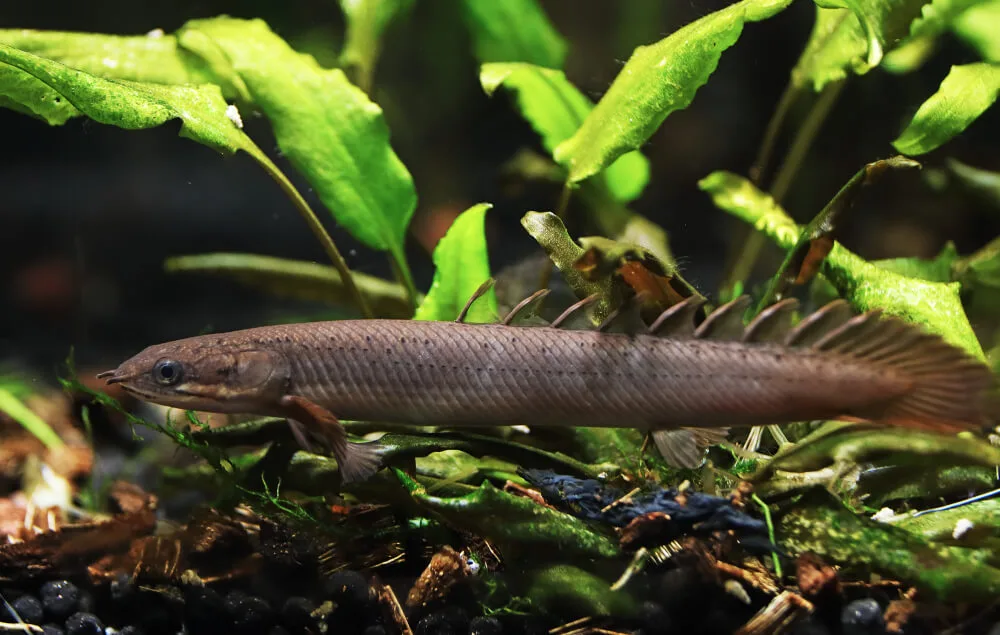


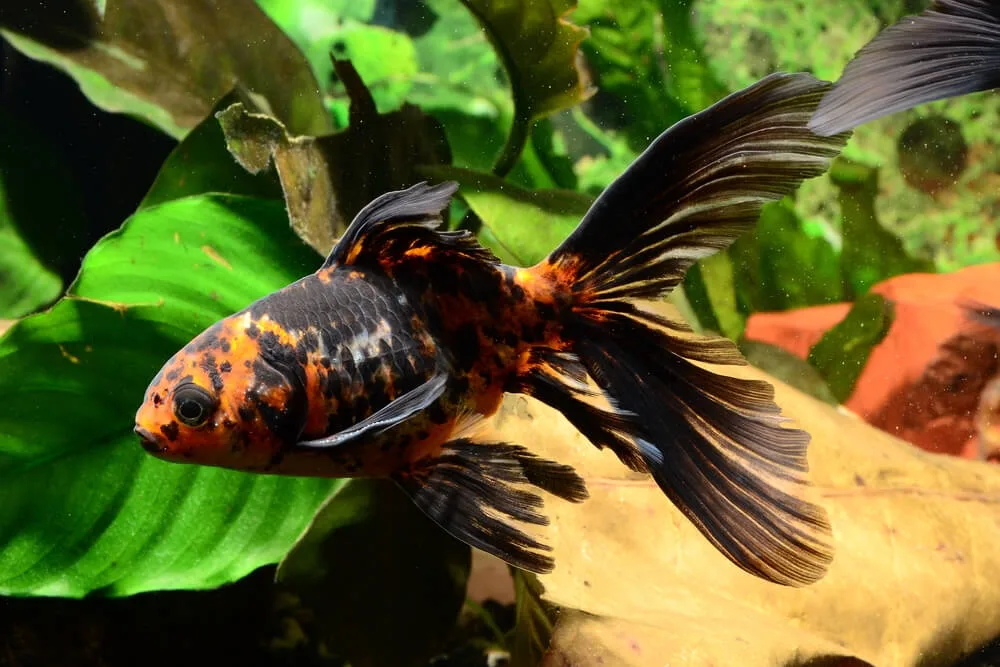
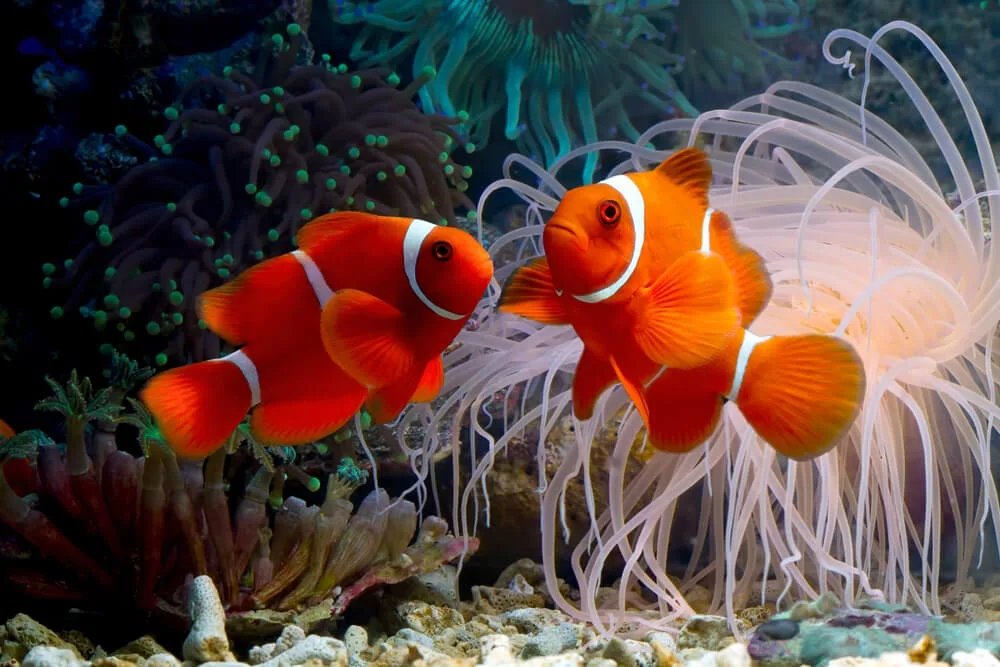

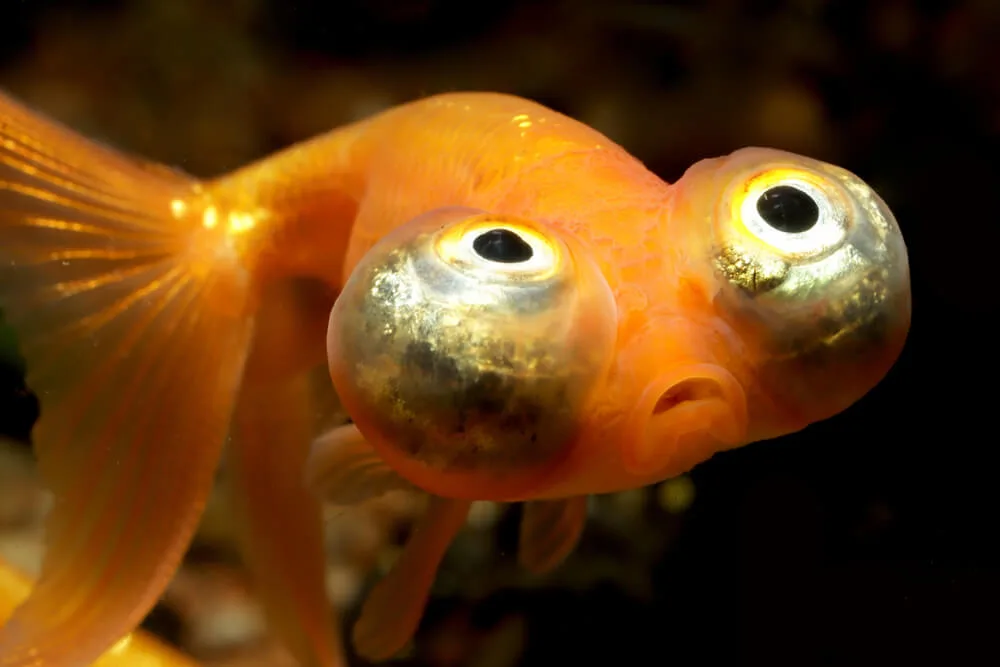



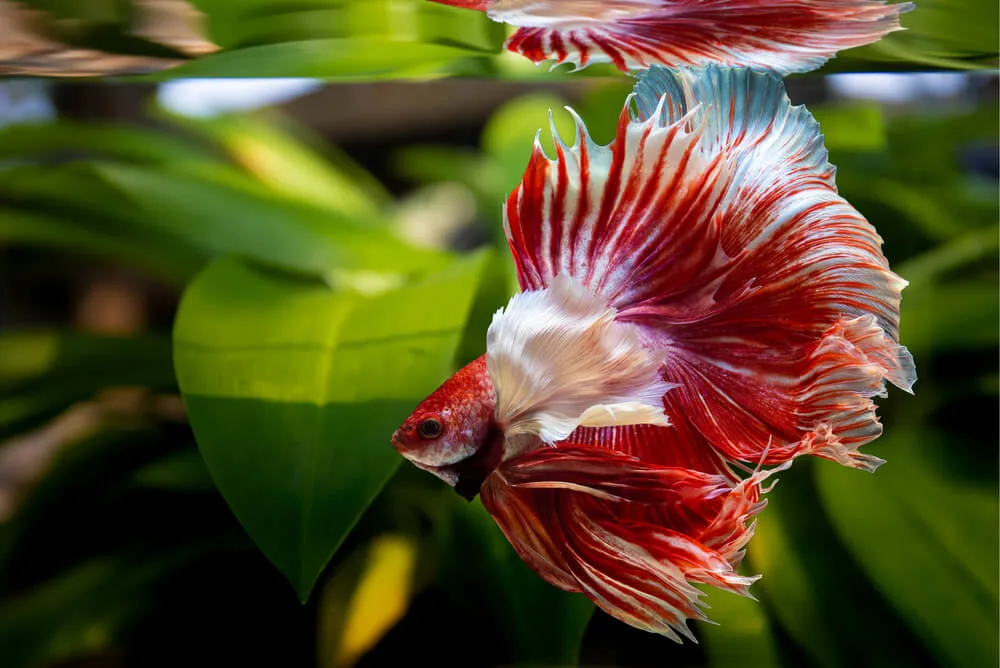
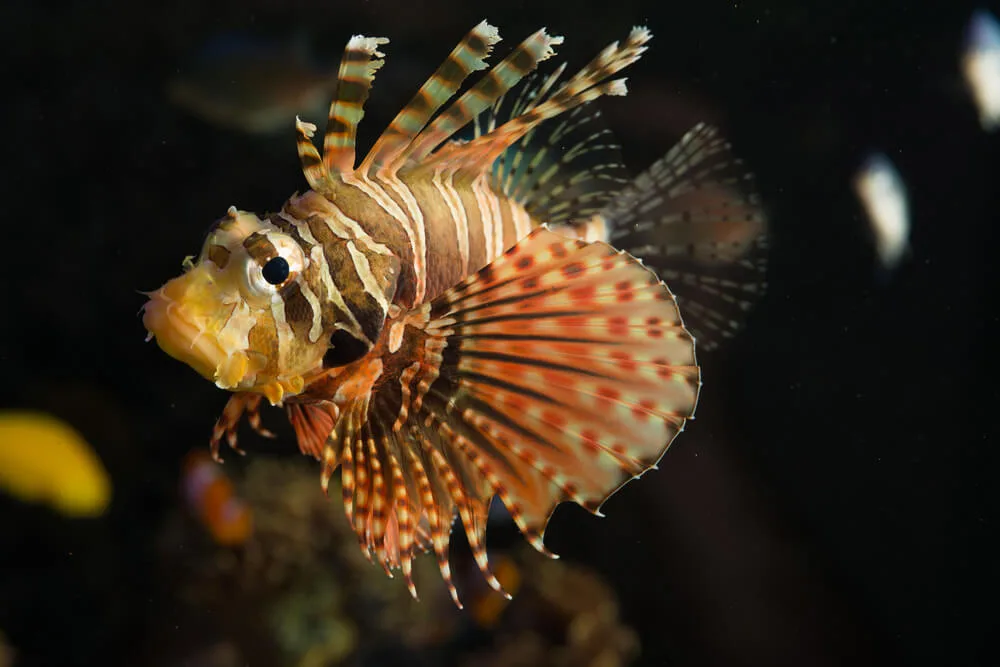


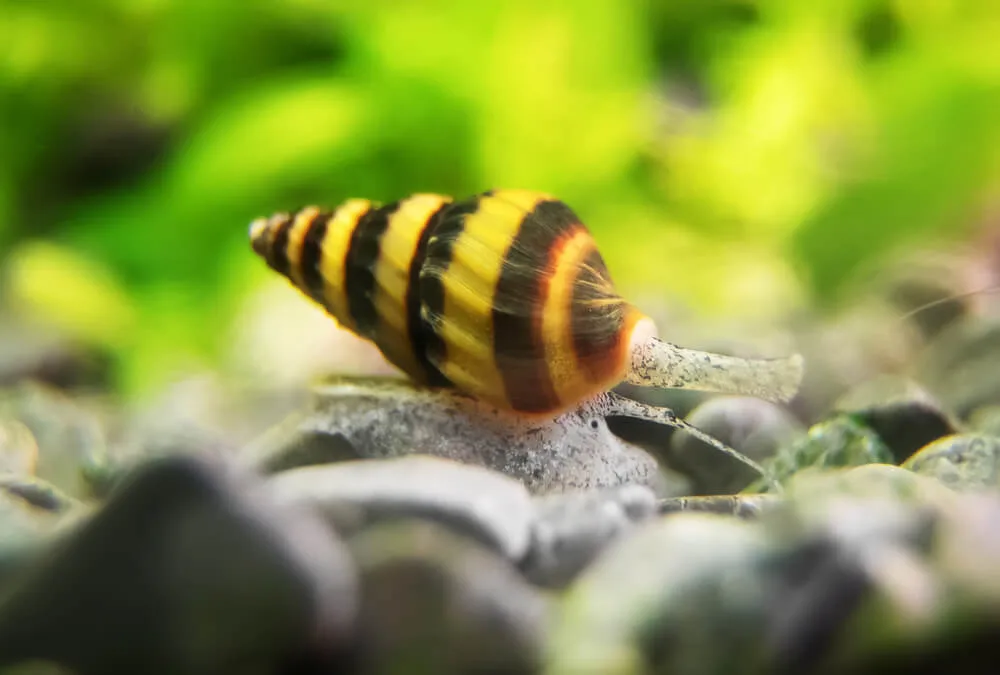
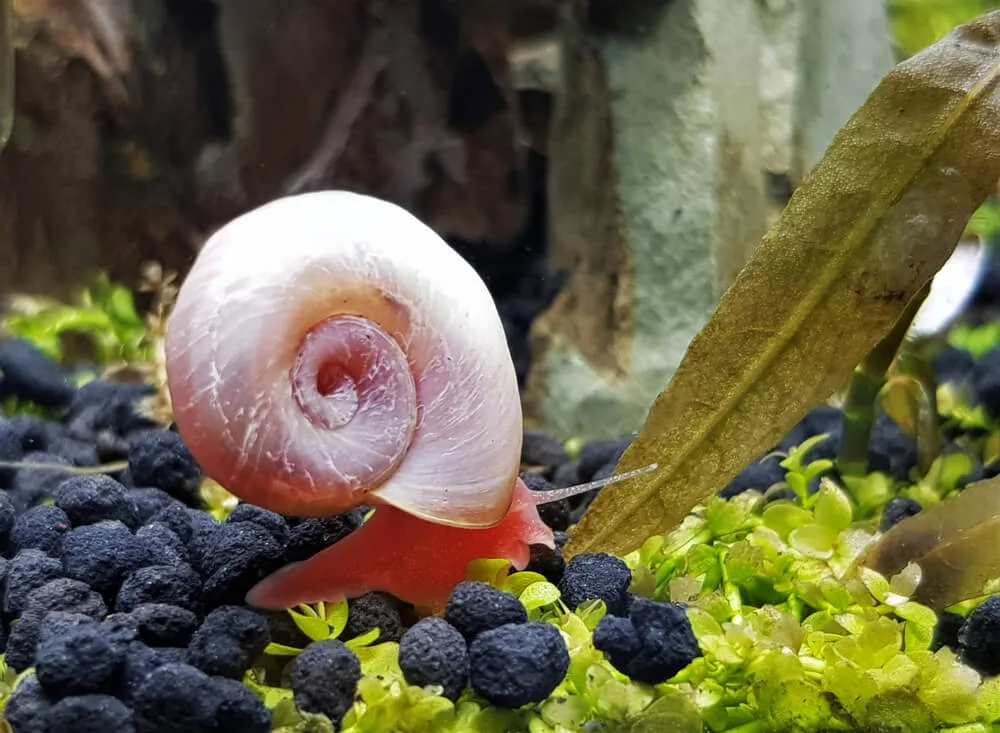
Fishkeeping is the practice of keeping fish and other aquatic creatures in a tank or pond as a hobby or for decorative purposes. It’s a fascinating way to create and maintain a miniature underwater world in your home or garden. Whether you’re interested in colorful tropical fish, serene goldfish, or even vibrant marine species, fishkeeping allows you to enjoy the beauty of aquatic life while learning about their care.
As a beginner, you’ll get to explore setting up an aquarium, choosing the right fish, maintaining water quality, and understanding their behavior. It’s a relaxing and rewarding hobby that combines creativity, science, and nature. If you’re just starting, don’t worry—there’s a lot to learn, but the journey is part of the fun!
Fishkeeping offers a range of benefits, making it a rewarding hobby for people of all ages. Here are some of the key advantages:
Fishkeeping isn’t just about keeping pets; it’s about creating a tranquil and beautiful environment while learning and growing. It’s a hobby that brings joy, relaxation, and knowledge into your life!
Getting started with fishkeeping is exciting and easier than you might think! Here’s a step-by-step guide for beginners:
By starting small, researching thoroughly, and maintaining a routine, you’ll soon have a thriving, beautiful aquarium to enjoy!
Choosing the right aquarium size is crucial for the health of your fish and the success of your fishkeeping journey. Here’s why tank size matters and how to choose the best size for your needs:
Remember, it’s better to start with a larger tank if possible—it’s more forgiving, healthier for your fish, and allows you to enjoy a thriving aquatic environment!
Setting up an aquarium requires some essential equipment to create a healthy, comfortable environment for your fish. Here’s what you’ll need:
The centerpiece of your setup. Choose a size and shape that suits your space and the type of fish you plan to keep.
Having the right equipment ensures a healthy and thriving aquarium for your fish while making maintenance easier for you!
Cycling your aquarium is a critical step to establish a healthy environment for your fish. It involves creating a natural process called the nitrogen cycle, which helps break down fish waste and other organic matter into less harmful substances. Here’s a beginner-friendly guide:
The nitrogen cycle is a biological process where beneficial bacteria convert toxic ammonia, produced by fish waste, uneaten food, and plant debris, into less harmful compounds:
Before beneficial bacteria establish themselves, toxic ammonia and nitrites can build up, leading to stress, illness, or death in fish. Cycling ensures a stable, safe environment for your fish by allowing these bacteria to grow and handle waste efficiently.
Cycling your tank properly is the foundation for a thriving aquarium, ensuring your fish stay healthy and stress-free!
As a beginner, it’s best to start with hardy, low-maintenance fish that are forgiving of small mistakes. Here are some great options to consider for your first aquarium:
These beginner-friendly fish will help you enjoy a thriving and stress-free aquarium!
Yes, you can mix different fish species, but it’s important to ensure they are compatible to avoid stress, aggression, or harm. Here’s how to create a harmonious community tank:
Some species naturally get along, while others may not. Here are a few examples:
By carefully selecting compatible species and planning your tank setup, you can create a vibrant and peaceful community aquarium!
Choosing healthy fish is crucial to ensuring a thriving aquarium and avoiding potential problems. Here’s what to look for when selecting fish at a pet store:
Signs of a Healthy Fish
Red Flags: Signs of an Unhealthy Fish
Tips for Buying Healthy Fish
By paying attention to these signs, you can select healthy fish that are more likely to thrive in your aquarium. Healthy fish are not only happier but also make your fishkeeping experience much more enjoyable!
Cleaning your aquarium regularly is essential for maintaining a healthy environment for your fish. Here’s a guide on how often to clean your tank and what tasks to include:
Regular maintenance not only keeps your tank looking beautiful but also ensures your fish remain healthy and happy!
Feeding your fish the right diet is key to keeping them healthy, vibrant, and active. Here’s a guide to choosing the right food and establishing a proper feeding schedule:
Providing a varied and appropriate diet ensures your fish stay healthy, grow well, and display their best colors and behavior. Happy feeding!
Handling fish diseases promptly and effectively is essential to maintaining a healthy aquarium. Here’s an overview of common fish illnesses, their symptoms, and how to address them:
A healthy environment and attentive care are the keys to minimizing fish diseases and ensuring a thriving aquarium.
Cloudy aquarium water is a common issue for fishkeepers, especially in new tanks. Identifying the cause is essential to resolving the problem effectively. Here’s a breakdown of potential reasons and their solutions:
By identifying the root cause and taking the right steps, you can clear cloudy water and maintain a pristine environment for your fish!
When fish hide or stop eating, it’s often a sign that something is wrong. These behaviors can stem from stress, illness, or environmental issues. Understanding the underlying cause is key to addressing the problem and helping your fish thrive.
Stress is a common reason for hiding and loss of appetite in fish.
Sick fish may become lethargic, hide, or refuse to eat.
Suboptimal water conditions can cause discomfort or stress.
Fish may refuse food due to stress, illness, or an unappealing diet.
Fish need a comfortable and stimulating environment to feel secure.
By addressing these potential issues, you can create a safe and healthy environment that encourages your fish to thrive and exhibit natural, active behaviors.
If a fish dies in your aquarium, it’s important to act quickly and carefully to protect the remaining fish and identify the cause to prevent further losses. Here’s what you should do:
By acting promptly and investigating the cause, you can minimize the risk of further losses and maintain a healthy, thriving aquarium.
Creating a planted aquarium is a rewarding way to enhance the beauty and health of your tank while providing a natural environment for your fish. Here’s a step-by-step guide to help you get started:
Plants need a nutrient-rich base to anchor their roots and grow.
Select plants based on your lighting, maintenance level, and fish compatibility.
By choosing the right plants, substrate, and care routine, you’ll create a thriving planted aquarium that’s both visually stunning and beneficial for your aquatic pets!
Saltwater and freshwater aquariums each have unique benefits, and choosing between them depends on your goals, experience level, and resources. Here’s a comparison to help you decide:
Freshwater Aquariums:
Saltwater Aquariums:
Freshwater Aquariums:
Saltwater Aquariums:
Freshwater Aquariums:
Saltwater Aquariums:
Freshwater Aquariums:
Saltwater Aquariums:
Freshwater Aquariums:
Saltwater Aquariums:
Freshwater Aquariums:
Saltwater Aquariums:
Both types of aquariums are rewarding, and the right choice depends on your interests and level of commitment.
Breeding fish in your aquarium can be a fun and rewarding experience, but it requires careful planning and preparation. Here’s a step-by-step guide to help you get started:
With preparation and care, breeding fish in your aquarium can be a fascinating journey and a chance to witness the full lifecycle of your aquatic pets!